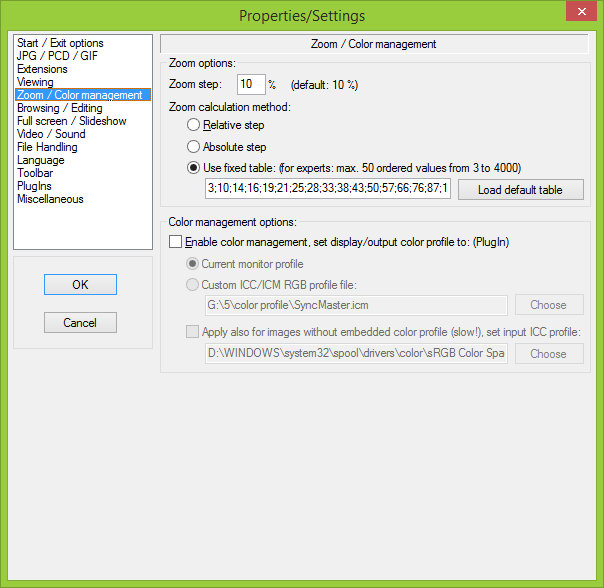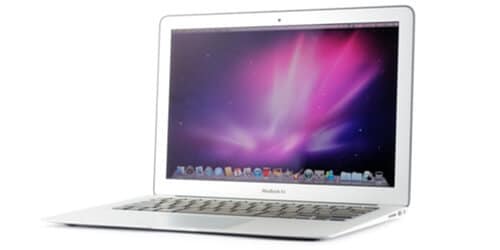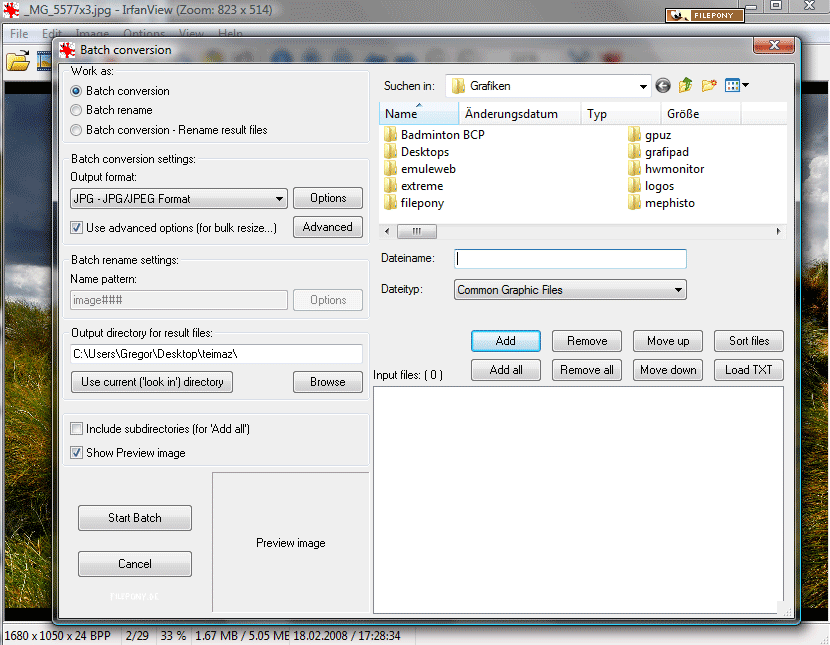


The environment of the Game Porting Toolkit translates your game’s Intel instructions and its use of Windows APIs for keyboard, mouse, and controller input for audio playback for networking and file system use and of course, for graphics. The first step is to use the Game Porting Toolkit to evaluate your game. Porting your game to the Mac starts with evaluating your game, followed by compiling your shaders, rendering with Metal, converting your game’s use of input, audio, and display and HDR rendering. You can see your game's potential ahead of porting any platform-specific code or plug-ins that your Windows game added over the cross-platform engine. Seeing your game running right away can even help you when you use a cross-platform engine to take care of most of your porting. You can ship sooner and still have more time to take advantage of the unique features of Mac and Apple silicon. With the Metal Shader Converter, bringing your shaders and graphics to Mac takes a lot less time too. The Game Porting Toolkit includes a new Metal Shader Converter, which you can use to automatically convert all of your existing HLSL GPU shaders to Metal. With the help of the Game Porting Toolkit, you can now see your game's first scene running on the platform much earlier. Porting your Windows game to a whole new platform typically involves many steps before you even see your first scene running, including recompiling your source code converting thousands of custom shaders from HLSL re-implementing your graphics subsystem and converting your use of audio, input, display, and HDR rendering– all before you can even see your first scene running natively– and then finally debugging and optimizing for performance before you release it. You see your game’s potential right away. It doesn't take months to get a sense of how your game looks, sounds, and plays. This year, the new Game Porting Toolkit provides an emulation environment to run your existing, unmodified Windows game, and you can use it to quickly understand the graphics feature usage and performance potential of your game when running on a Mac. Porting your Windows game to the Mac is now faster than ever. With Macs more popular than ever before, there’s never been a better time to bring your games to millions of new players. You have everything you need to deliver an amazing gaming experience with Apple Silicon Mac’s advanced graphics, fantastic performance, immersive audio, stunning displays, and feature-rich software. In the second and third sessions, my colleagues will focus on tools and techniques for compiling your shaders and best practices when rendering natively with Metal. This session is the first in a three-part series about how to bring your high-end game to Mac.

My name is Aiswariya, and I'm very excited to talk to you about bringing your game to the Mac.


 0 kommentar(er)
0 kommentar(er)
